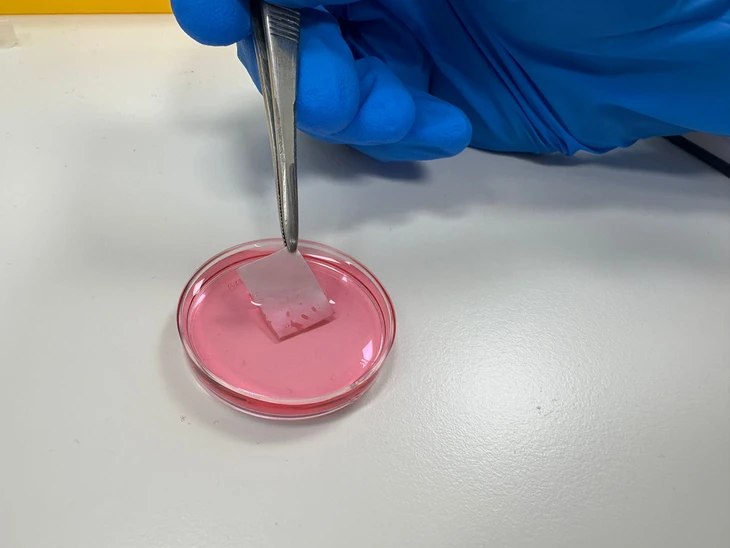
Bio-artificial skin created by a research team from Tel Aviv University and Sheba Medical Center - Photo: Tel Aviv University
Faced with urgent needs due to conflicts and the growing number of soldiers and civilians suffering from severe burns, scientists from Tel Aviv University (TAU) and Sheba Tel Hashomer Medical Center have successfully developed a unique bio-engineered artificial skin for grafting to burn victims.
This groundbreaking technology is entirely created from the patient’s own cells, is highly stable, easy to manipulate and flexible. This artificial skin helps speed up the recovery process, heals wounds twice as fast as current methods and can completely change the way severe burns are treated.
"No skin has ever been created like this before and we have seen very promising results," said Professor Lihi Adler-Abramovich, research team leader from TAU's Laboratory of Bio-Inspired Materials and Nanotechnology.
Traditional burn treatments often rely on taking healthy skin from another area of the patient's body for grafting. However, in cases of extensive burns, the patient often does not have enough healthy skin left to do the job.
Another method currently used in Israel is to culture skin in the laboratory from a small biopsy, but this method is time-consuming and only regenerates the surface layer of skin.
The new technology is based on a manufacturing technique called electrospinning, in which microscopic fibers are woven into fabric-like sheets. This technique creates a nanofiber scaffold – a structure that helps regenerate or repair damaged skin. The scaffold has a superfine mesh structure, with fibers thousands of times thinner than a human hair.
Professor Adler-Abramovich, a member of the research team and an expert in the field of peptide nanotechnology, said she incorporated a "very short peptide chain" into the fiber scaffold: "Peptides are chains of amino acids - the building blocks of proteins. We used a chain of three amino acids that mimics the natural sequence found in the human body."
She added that the design of the fiber scaffold combined with the peptide was the breakthrough of the project. This structure helps the cells adhere well, stimulates growth and effectively regenerates the skin. It is both durable and easy to implant.
The team has filed a patent for the fiber scaffold – which is said to be the first design to combine electrospinning, FDA-approved polymers, and bioactive peptides.
"We saw better-looking scar tissue. The skin appeared to function normally. Wound healing was much faster, which shortened the patient's hospital stay and reduced the risk of infection. We even saw hair follicle growth," says Professor Adler-Abramovich.
The field of artificial skin care is growing rapidly. A start-up in the Israeli city of Lod, Nanomedic Technologies Ltd, is developing a medical device that uses similar technology to cover burns and wounds with artificial skin.
As for future prospects, Professor Adler-Abramovich said it would take several years to raise funding for large animal testing, before clinical studies on humans could be conducted.
Source: https://tuoitre.vn/dot-pha-da-nhan-tao-sinh-hoc-giup-tri-bong-nhanh-an-toan-20250715081402388.htm



![[Photo] Parade to celebrate the 50th anniversary of Laos' National Day](/_next/image?url=https%3A%2F%2Fvphoto.vietnam.vn%2Fthumb%2F1200x675%2Fvietnam%2Fresource%2FIMAGE%2F2025%2F12%2F02%2F1764691918289_ndo_br_0-jpg.webp&w=3840&q=75)
![[Photo] Worshiping the Tuyet Son statue - a nearly 400-year-old treasure at Keo Pagoda](/_next/image?url=https%3A%2F%2Fvphoto.vietnam.vn%2Fthumb%2F1200x675%2Fvietnam%2Fresource%2FIMAGE%2F2025%2F12%2F02%2F1764679323086_ndo_br_tempimageomw0hi-4884-jpg.webp&w=3840&q=75)



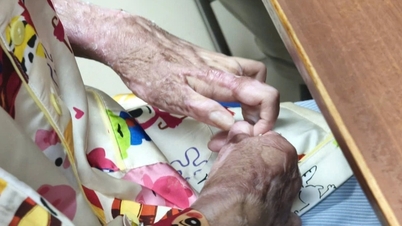





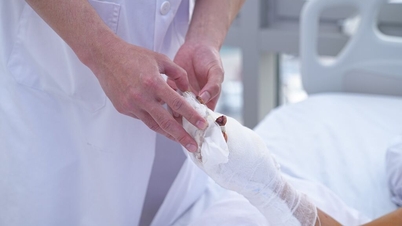

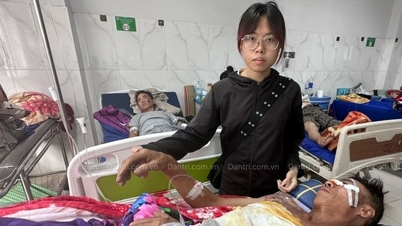

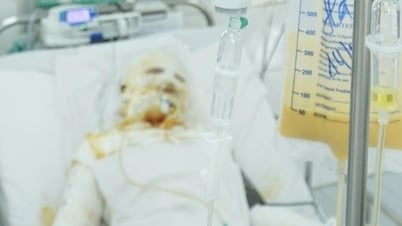




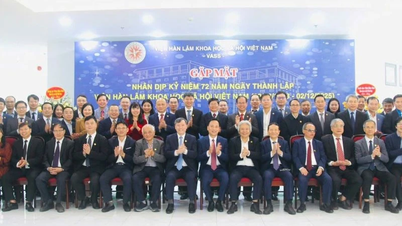

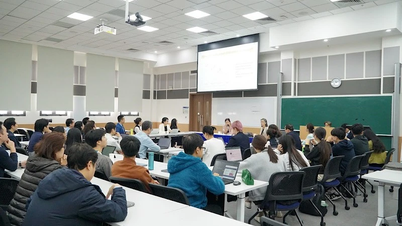








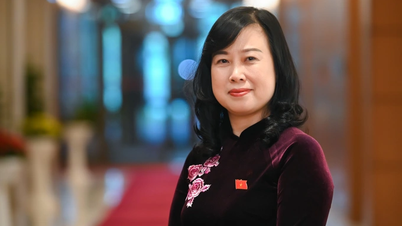












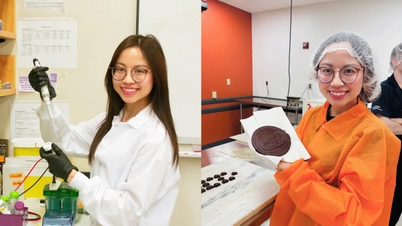





























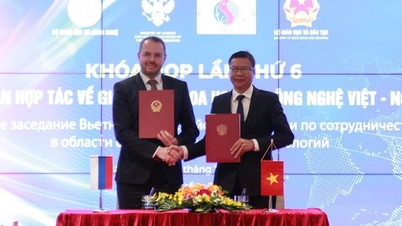






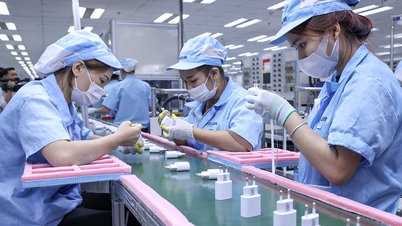





















Comment (0)